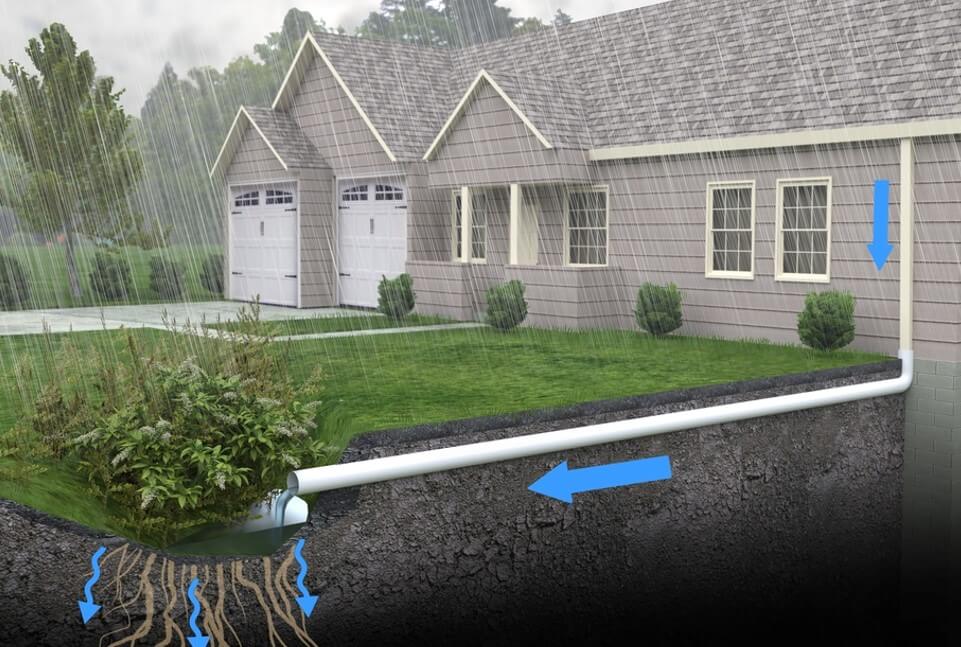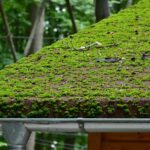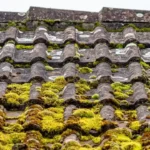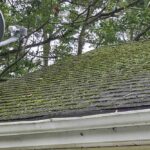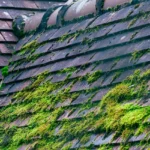Are you a homeowner seeking the best roof drainage solutions for DIY projects? Proper roof drainage is crucial to protect your home from water damage and ensure its longevity. In this article, we will explore various methods and techniques that you can implement yourself to improve the drainage of your roof.
Understanding and implementing the right roof drainage solutions not only preserves the structural integrity of your home but also saves you money in the long run. Let’s delve into the different options available for DIY enthusiasts.

Understanding Roof Drainage
Before diving into the solutions, it’s essential to understand the basics of roof drainage. A well-designed drainage system directs water away from your roof and foundation, preventing leaks, mold growth, and other issues. For more information on roof drainage and its importance, visit this comprehensive guide.
Gutters and Downspouts
Choosing the Right Gutters
Gutters are a vital component of any roof drainage system. They collect rainwater from the roof and channel it away from the house. When selecting gutters, consider factors such as material, size, and shape. Materials like aluminum and vinyl are popular for their durability and cost-effectiveness.
Installing Downspouts
Downspouts are crucial for directing water from the gutters to the ground. Ensure they are adequately spaced and positioned to prevent overflow. Downspouts should extend several feet away from the foundation to avoid water pooling around the house.
French Drains
What are French Drains?
French drains are trenches filled with gravel or rock that redirect surface water away from problem areas. They are particularly useful in areas with poor drainage. Installing a French drain is a feasible DIY project, offering a long-term solution to water accumulation issues.
Installation Process
To install a French drain, dig a trench, line it with landscape fabric, and fill it with gravel. Place a perforated pipe in the trench to facilitate water flow. Cover the pipe with more gravel and wrap the fabric over the top for added protection.
Rain Barrels
Benefits of Rain Barrels
Rain barrels are an eco-friendly way to manage roof drainage. They collect rainwater from downspouts, which can be used for gardening and other non-potable purposes. This not only helps conserve water but also reduces your utility bills.
Setting Up a Rain Barrel
To install a rain barrel, position it under a downspout, ensuring it’s stable and secure. Attach a diverter to the downspout to direct water into the barrel. Regular maintenance is crucial to prevent debris buildup and ensure optimal functionality.
Slope and Grading
Importance of Proper Slope
The slope of your yard plays a significant role in drainage. Ensuring your yard has a gentle slope away from the foundation is essential in preventing water from pooling around the house. Adjustments to the landscape may be necessary to achieve the desired slope.
DIY Grading Tips
For effective grading, use a shovel or rake to create a gradual slope. It’s crucial to maintain a minimum slope of 1 inch per foot for optimal drainage. Regularly check for erosion or changes in the landscape that may affect the slope.
Roof Maintenance and Inspection
Regular Roof Inspections
Routine inspections are vital in identifying potential drainage issues early. Check for clogged gutters, damaged shingles, or any signs of water damage. Addressing these problems promptly can prevent costly repairs down the line.
Cleaning and Repairs
Regularly cleaning gutters and downspouts is essential to ensure they function correctly. Remove leaves, twigs, and debris to prevent blockages. Repair any damaged sections of the gutter system promptly to maintain efficient water flow.
Additional Resources
For more tips on maintaining your roof drainage system, you can visit sealing tips and maintenance checklist on our website.

FAQ
What is the best material for gutters?
Aluminum and vinyl are popular choices due to their durability and affordability.
How often should I clean my gutters?
It’s recommended to clean gutters at least twice a year, especially during the fall and spring.
Can I install a French drain myself?
Yes, installing a French drain can be a DIY project with the right tools and guidance.
This article contains affiliate links. We may earn a commission at no extra cost to you.



